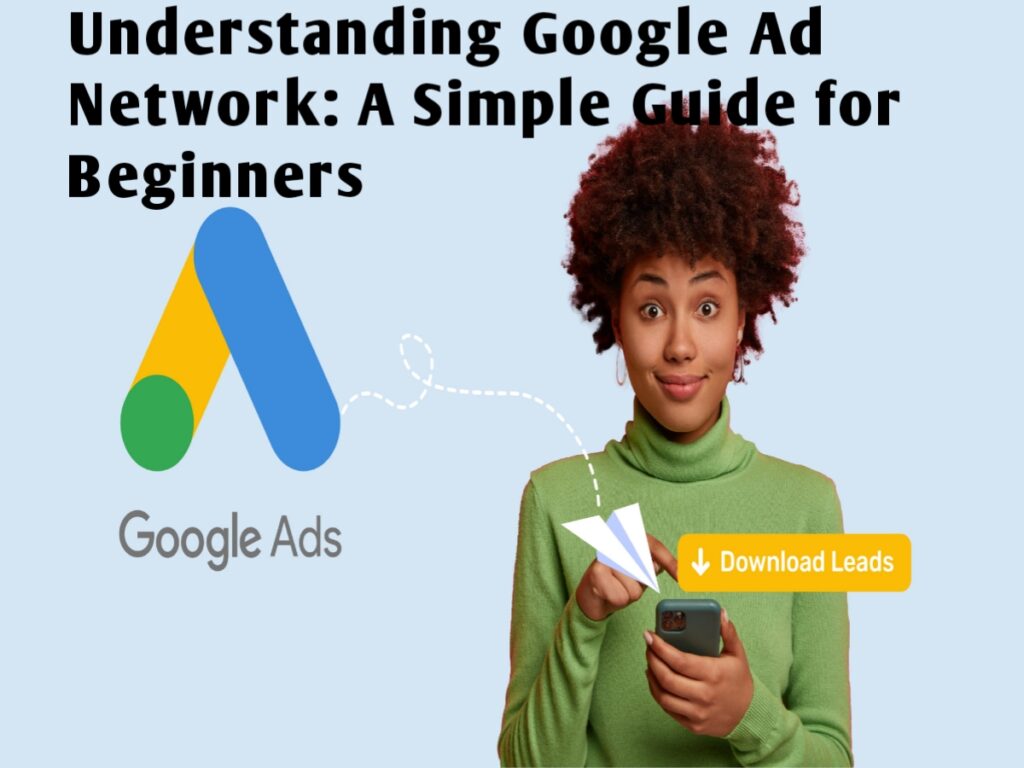Google Ad Exchange (AdX) is a vital component in the digital advertising ecosystem. It serves as a marketplace where publishers and advertisers interact in real-time to buy and sell advertising space. This article provides an in-depth look into Google Ad Exchange, exploring its workings, benefits, and why it’s crucial for digital marketing success in today’s fast-paced environment.
What is Google Ad Exchange?
Google Ad Exchange, often referred to as Google AdX, is a Google-managed marketplace that facilitates the trading of digital advertising inventory. It connects large-scale publishers with advertisers, enabling them to negotiate and finalize ad sales efficiently. Unlike the conventional Google Ads, which targets small to medium businesses, AdX caters primarily to enormous websites and media outlets seeking more refined control and better rates.
How It Works
The platform utilizes real-time bidding (RTB), allowing advertisers to bid on inventory impressions as they become available. Through AdX, publishers can grant access to premium ad spaces, and advertisers can choose placements that align best with their audience targeting needs. This mechanism ensures optimal pricing and ad placement efficiency.
 Photo by Pixabay
Photo by Pixabay
Benefits of Google Ad Exchange
Enhanced Revenue Opportunities
Google Ad Exchange provides publishers with access to a broader range of advertisers. This increased demand can drive up prices, leading to enhanced revenue. Unlike traditional ad networks, where ad placements may be limited and undervalued, AdX offers a competitive bidding process that maximizes earning potential.
Greater Control and Transparency
For advertisers, Google Ad Exchange provides unprecedented transparency and control over where their ads appear. They can set the specific criteria the ads must meet, such as audience demographics, device types, and content types. This strategic control leads to more targeted campaigns and a higher return on investment (ROI).
Table of Contents
Advanced Targeting and Real-time Data
Using real-time data, advertisers can adjust their strategies dynamically. AdX’s integration with Google’s extensive data sources allows advertisers to harness AI and analytics for improved targeting — ensuring ads reach the right people at the right time.
Challenges and Considerations
Despite its numerous advantages, Google AdX is not without challenges. Entering the exchange requires stringent qualifications, making it inaccessible to smaller publishers. Moreover, the competitive nature of real-time bidding can sometimes result in unsold inventory, which can adversely impact revenue for some publishers.
Navigating Antitrust Concerns
Recent discussions surrounding Google’s dominance in digital advertising have raised questions about potential antitrust violations. As outlined by Ad Age, ongoing legal matters could influence future regulatory changes affecting how businesses use platforms like AdX.
Who Should Use Google Ad Exchange?
Google AdX is unrivaled for large-scale publishers and media companies looking to commercialize their ad space to a global audience. Advertisers with substantial budgets seeking precision-targeted audiences will find AdX a compelling choice due to its vast reach and efficient ecosystem.
Conclusion: Embrace the Power of Google Ad Exchange
In the rapidly changing landscape of digital advertising, Google Ad Exchange offers unmatched opportunities for both publishers and advertisers. Its advanced features, combined with a robust marketplace, make it a cornerstone for any business striving to connect deeply with its audience. Embracing Google AdX will not only optimize ad spend but also unlock new pathways to revenue growth. It’s time to step beyond the conventional and explore the versatile world of Google AdX for unparalleled marketing success.
You may like these:
Understanding Google Display Ads for Better ROI
Understanding Google Ad Exchange: FAQs for 2024
1. What is Google Ad Exchange?
Google Ad Exchange (AdX) is a platform where publishers, advertisers, and ad networks trade digital advertising space. It functions as a marketplace for buying and selling ad inventory.
2. How does Google Ad Exchange differ from Google Ads?
While Google Ads is a service for creating and running ads on Google’s platform, Google Ad Exchange is focused on real-time bidding and trading of ad space on a larger network of websites. It caters more to large-scale publishers and advertisers.
3. What are the key benefits of using Google Adx?
AdX offers enhanced control over ad inventory, access to a broader range of advertisers, real-time bidding, and potentially higher revenue due to competitive bidding.
4. How does real-time bidding work on Google Adx?
Real-time bidding allows advertisers to bid for ad space in milliseconds while a page is loading. The highest bidding ad is displayed, enabling efficient and fast allocation of ad space.
5. Who should use Google Adx?
Google Ad Exchange is suitable for publishers with significant site traffic who seek premium advertising demand and wish to optimize their revenue through more competitive ad bidding.
6. Can small publishers benefit from Google Ad Exchange?
Small publishers might find Google Ad Manager or Google Ads more fitting due to AdX’s focus on high-volume traffic and large-scale operations.
7. What impact does Google Adx have on advertising strategies?
AdX provides advertisers with access to diverse audiences and ad formats, allowing for more targeted and effective ad campaigns due to its expansive reach and sophisticated targeting options.
8. Are there any 2024 updates to Google Adx?
Recent updates include changes to real-time bidding protocols and enhancements to the interface for managing private auctions, reflecting evolving industry standards.
9. How does one get started with Google Adx?
To get started with AdX, publishers typically need to work with a Google certified partner or be invited by Google, as it is not open to all publishers.




